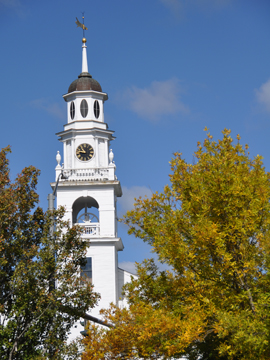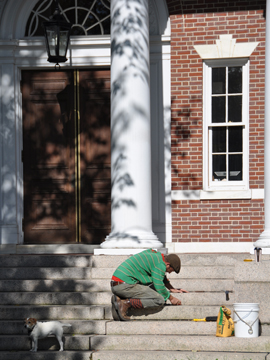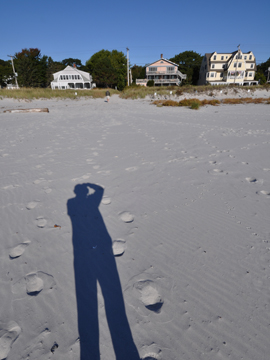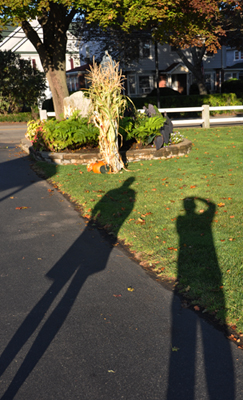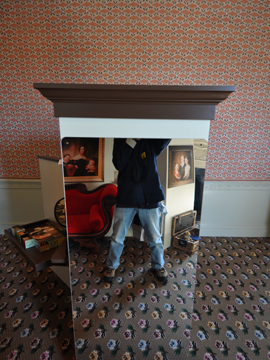1st entry – maine 2009
On September 24, I am heading up to Maine to take pics.
The itinerary is to go from Boston up to Portland driving along the coast.
The last time I was in this part of the country I was in college and it was late March early April. A group of us drove from NYC to Boston to Quebec City. What I remember of Maine is tunnels of snow-covered fir-trees. We had left New York City full of spring. Boston was overcast and dreary. Maine was scary. Giant firs looming over us. I still remember thinking – the trees are going to fall over and bury us, the car battery is going to die, it’s getting dark, I hate winter . . . Ah! the joys of college.
Quebec City wasn’t much better. One night we were walking on the Plains of Abraham, a historic site in the city, and it began to snow. April snows in Canada are never easy. You’re exhausted from the long months of winter-white and here comes more snow. I had on loafers and my feet froze.
This time I get to revisit Maine with my friend John who actually knows where he’s going. And I get to stop and shoot pictures. He’s supposed to paint, but I haven’t gotten a firm yes on this.
A Side-note
After Calabria, I realized I needed a camera case with wheels. I really like the one I have, but it’s miserable lugging it around. At Rome Fiumicino, I swallow my pride, found a cart and used it to wheel the camera case around. So this will be my first outing with a new, wheeled case.
The Sunday Times, in the travel section, had an article on Maine . It was about the small town where Winslow Homer spent his years painting the Maine coast.
I’ve gotten away from shooting nature, I removed the nature title from the header on the website and replaced it with structures. I’m curious to see what I’m going to do with Maine and its nature. My hope is to find the lines in the rugged coast and to present the landscape as structures. My reference for this approach are the images of Panarea. There too I was stuck in nature, but the images are of structures, volcanic monoliths pushing away the blue and the green. I concentrated on the sun on the rock-face, the white-waves of streaking motorboats, the verticals of sailboats, the pitch of sun-umbrellas, the flat blue horizon, the white-washed housing. I need to find their counterpoints in Maine.
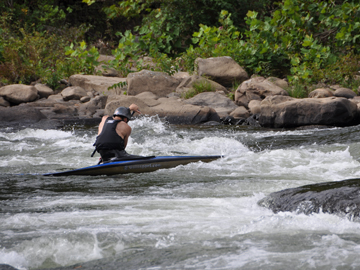
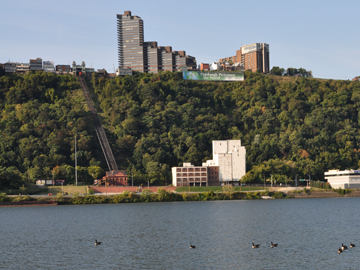
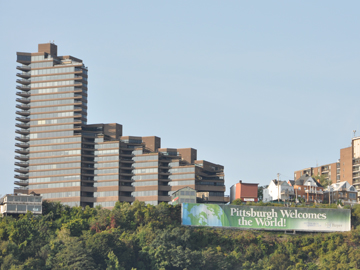
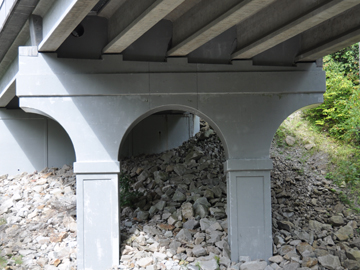
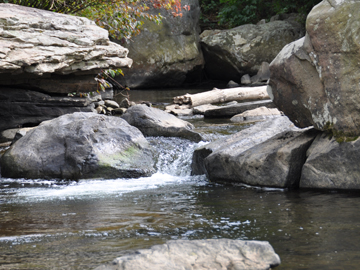
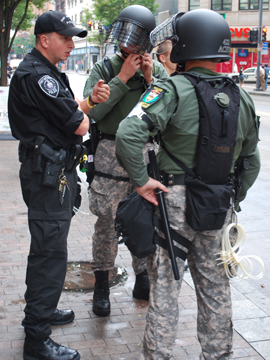
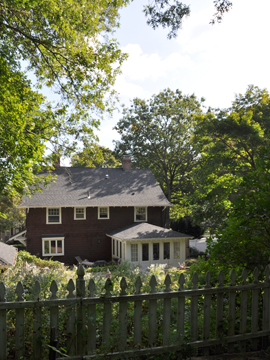
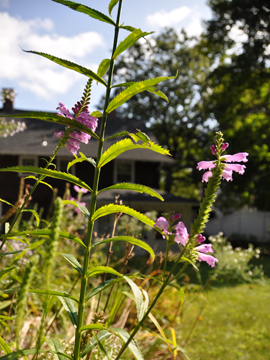 I also discovered a fall flower-garden, in front of the picket, that allowed me to shoot the house out of focus and in the background. For me, the flowers were farmish and added to the isolation and far-away look. To get this shot I lay on the ground as close to the flower as I could get and still keep it in focus. (I always worry that someone will see me on the ground and wonder what the hell I’m doing. If I had had more time and if I was thinking, I should have changed to the wide-angle lens and shot the flowers very close.)
I also discovered a fall flower-garden, in front of the picket, that allowed me to shoot the house out of focus and in the background. For me, the flowers were farmish and added to the isolation and far-away look. To get this shot I lay on the ground as close to the flower as I could get and still keep it in focus. (I always worry that someone will see me on the ground and wonder what the hell I’m doing. If I had had more time and if I was thinking, I should have changed to the wide-angle lens and shot the flowers very close.)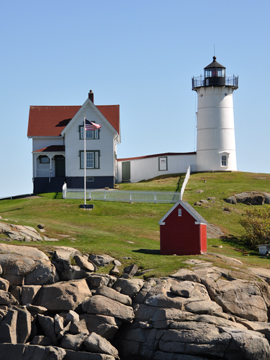
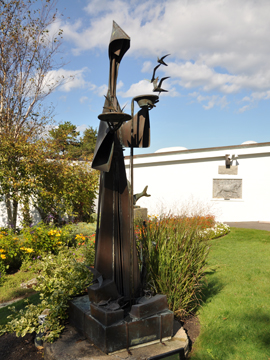 Francis of Assisi in Maine, there’s a non sequitur. On our way into Ogunquit I saw a sign for a Franciscan Monastery and asked Mac to pull in. He said he had wanted to see the grounds for a while but had never stopped. The place had a 1950 retreat house, much like the novitiate Mac and I lived in at Narragansett, an old mansion that was converted into a chapel, and the grounds had devotional places where the faithful could stop and pray.
Francis of Assisi in Maine, there’s a non sequitur. On our way into Ogunquit I saw a sign for a Franciscan Monastery and asked Mac to pull in. He said he had wanted to see the grounds for a while but had never stopped. The place had a 1950 retreat house, much like the novitiate Mac and I lived in at Narragansett, an old mansion that was converted into a chapel, and the grounds had devotional places where the faithful could stop and pray.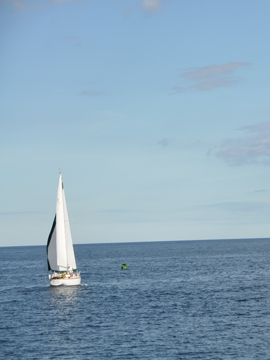 While at the museum I went out into the gardens facing the Atlantic and saw a sailboat going out, so I started shooting. Only later looking at the pictures on the laptop did I discover the stripe on the sail. I’ll never understand people who leave the land and go out into the sea. (Remember, I came from a medieval hilltop town.) So I always look at sailboats as structures in a sea of blue.
While at the museum I went out into the gardens facing the Atlantic and saw a sailboat going out, so I started shooting. Only later looking at the pictures on the laptop did I discover the stripe on the sail. I’ll never understand people who leave the land and go out into the sea. (Remember, I came from a medieval hilltop town.) So I always look at sailboats as structures in a sea of blue.